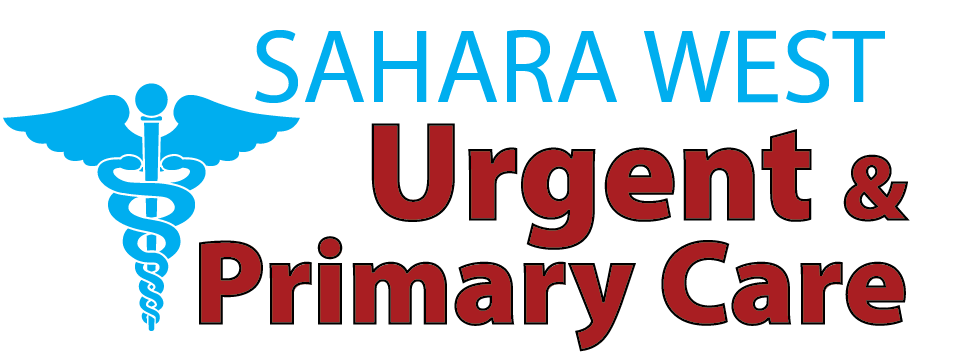STDs happen often, and getting checked regularly helps protect your sexual health. Concerns about STD testing and privacy, plus how busy their schedules are, often stop people from getting tested. Thankfully, it is now possible to test for STDs from your home privately and easily. Still, we wonder how the technology operates and if it can be trusted as much as a visit to a clinic.
Sure, you can take an STD test right in your home. A range of infections can be seen with these tests, such as chlamydia, gonorrhea, HIV, syphilis, and herpes. Because they are easy to use, private, and accurate, they are gaining popularity.
How Do At-Home STD Tests Work?
You can often obtain an at-home test by ordering a kit online or visiting a pharmacy. Your kit will come with everything you need, such as instructions, the tools for collection, and packaging to return your samples. Different tests may require you to give a urine sample, a swab from inside the vagina, one from the rectum, or a small drop of blood from your finger.
Following your sampling, you deliver your material to a qualified lab for study. The outcomes are usually given to you within several days, either online or through the phone app. If the test is positive, several services will provide additional care, such as remote consultations over the phone and prescriptions.
What STDs Can Be Tested at Home?
Most of these tests are capable of detecting several frequent STDs. Some tests only detect one infection, and those that are panels for several types of infections. People are typically checked for these STDs first:
- Chlamydia
- Gonorrhea
- Syphilis
- HIV
- Hepatitis B and C
- Trichomoniasis
- Herpes Simplex Virus (HSV-1 and HSV-2)
Pick a test that is right for your health and sexual routine. Consult online quizzes or call a testing service if you’re not certain what you should test for.
Are At-Home STD Tests Accurate?
Being accurate is a usual issue with at-home tests, for good reason. Results are reliable when the test is accurate and when the sample is handled correctly. A good at-home STD test is likely to be approved by the FDA and use laboratories that comply with Clinical Laboratory Improvement Amendments (CLIA) standards.
When done right, these tests can be very accurate. However, not all tests can be counted on to give completely accurate results. The problem of false negatives often happens if you test too early after coming into contact with the virus. In some cases, HIV is not detected by tests until a few weeks after someone becomes infected. For this reason, it’s important to use the guidance in your test kit to decide when to test yourself.
Pros and Cons of At-Home STD Testing
Pros:
- Privacy and Discretion: You can test in the comfort of your home without visiting a clinic.
- Convenience: No need to schedule appointments or sit in waiting rooms.
- Accessibility: Ideal for people in rural areas or with limited mobility.
- Comprehensive Options: Some kits test for multiple STDs at once.
Cons:
- Cost: At-home tests can be more expensive than clinic-based tests, especially without insurance.
- Sample Collection Errors: Improper sample collection can lead to inaccurate results.
- Delayed Follow-Up: If you test positive, you may need additional tests or treatment that require seeing a healthcare provider.
When Should You See a Doctor?
Testing at home can be useful, but it should not take the place of seeing a doctor. If you notice unusual discharge, pain while urinating or having sex or sores around your genitals, talk to a doctor even if your test for STDs was negative. Just as testing positive at the clinic needs a healthcare professional’s confirmation and care, it is important to see one if you test positive at home too.
Don’t forget, testing your STD status is important if you have more than one partner, a new partner or forget to use protection. Just because you don’t have symptoms yet doesn’t mean that STDs won’t cause serious future health problems.
Final Thoughts
Anyone interested in monitoring their sexual health privately can use at-home STD testing. It doesn’t fully replace doctor visits or visits to clinics near me for STD, but it’s excellent for finding problems early and offering peace of mind. Now that tests are fast and easy and the results are quick, you have no reason to ignore this important part of your health. No matter your reason, testing at home keeps your health in your control. To schedule your appointment with the highest standard of care and visit Sahara West Urgent Care, visit our website.
FAQs
- Are at-home STD tests really reliable?
Yes, when used correctly and purchased from a reputable provider, at-home STD tests can be highly reliable. Many use the same labs and standards as clinics. However, accuracy can be affected by improper sample collection or testing too soon after exposure. - How long do results from at-home STD tests take?
Most at-home STD test results are available within 2 to 5 business days after the lab receives your sample. Some services offer expedited results for an additional fee. - Can I get treatment if I test positive at home?
Yes. Many at-home test providers offer follow-up services, including telehealth consultations with licensed doctors who can prescribe medication or refer you to a local clinic. - Is it safe to order an STD test online?
Yes, it is generally safe to order STD tests online from well-known, reputable providers. Look for companies that use CLIA-certified labs and clearly outline their privacy policies. - Will my test results be kept confidential?
Absolutely. Reputable at-home STD testing companies maintain strict confidentiality. Your results are typically shared only through secure online platforms, and your personal information is protected.





